Hybrid Models: The Future of On-Premise and Cloud Coexistence
- Nitin Yadav
- Knowledge
About
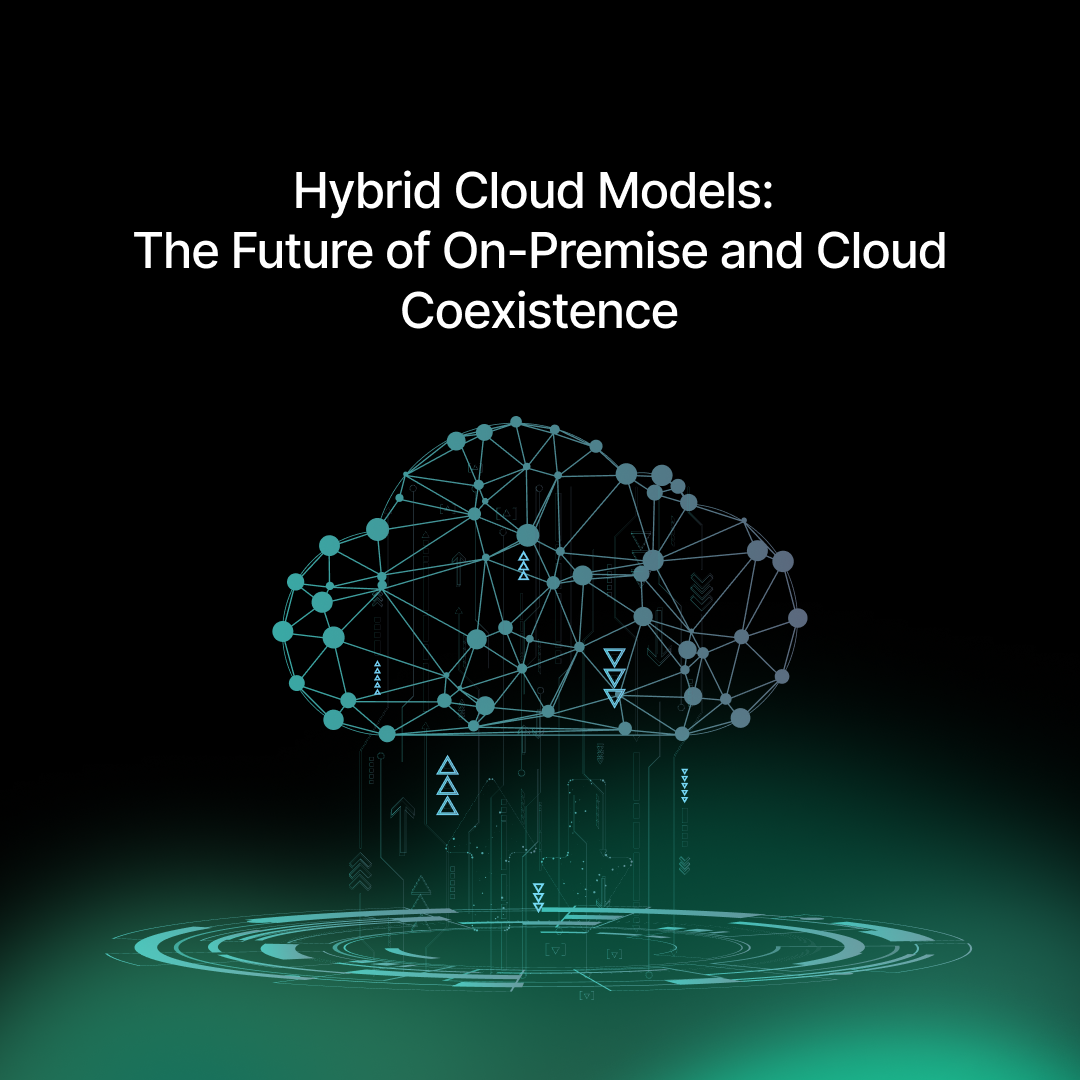
Hybrid cloud models enable businesses to seamlessly integrate on-premise, private, and public cloud environments, optimizing costs, security, and flexibility while ensuring efficient workload management.
Industries
- Cloud Computing, Cloud Security, Hybrid Cloud, IT Strategy, Kubernetes, On-Premise Infrastructure
Share Via
Introduction
Hybrid cloud models are reshaping enterprise IT strategies, allowing businesses to leverage both on-premise and cloud environments. This approach enables organizations to optimize costs, enhance security, and achieve flexibility while managing critical workloads efficiently.
In this article, we will explore the architecture, benefits, risks, best practices, and future trends of hybrid cloud computing, along with technical insights on implementation strategies.
What is a Hybrid Cloud Model?
A hybrid cloud is an IT infrastructure that integrates on-premise computing, private cloud, and public cloud services, enabling seamless data exchange and workload portability.
Key Components:
- On-Premise Infrastructure – Dedicated servers, private networks, and data centers.
- Public Cloud Services – Scalable resources from AWS, Azure, or Google Cloud.
- Private Cloud – A company’s dedicated cloud-based infrastructure.
- Edge Computing & Network Connectivity – SD-WANs, VPNs, and direct cloud interconnects.
Technical Insight:
Hybrid models often rely on containerized workloads using Kubernetes and cloud APIs to enable application mobility between environments.
Example: A fintech company using Kubernetes (K8s) clusters on-premise for regulatory compliance while processing AI-driven fraud detection in the cloud.
Benefits of Hybrid Cloud Models
Flexibility & Scalability
- Dynamically scale cloud resources for burst workloads, while keeping mission-critical data on-premise.
- Cloud bursting allows temporary expansion of on-premise resources into the cloud when demand spikes.
Cost Optimization
- Capital Expenditure (CapEx) savings: Avoid expensive infrastructure upgrades by offloading to cloud.
- Operational Expenditure (OpEx) benefits: Pay-as-you-go cloud pricing keeps costs flexible.
Security & Compliance
- Zero Trust Security Architecture (ZTSA) ensures strict authentication across both environments.
- Compliance with GDPR, HIPAA, SOC 2, ensuring sensitive data remains on-premise while utilizing cloud analytics.
Disaster Recovery & Business Continuity
- Multi-cloud replication & geo-redundancy improve resilience against data center failures.
- Backup solutions like AWS Backup, Azure Site Recovery, and Veeam automate failover processes.
Technical Insight:
Hybrid environments often use identity federation with SSO (Single Sign-On) across Active Directory (AD) & cloud-based IAM solutions.

Challenges & Risks of Hybrid Cloud
Complexity in Management
- Need for hybrid cloud management platforms like VMware vSphere, Red Hat OpenShift, and Nutanix.
- Observability challenges: Require full-stack monitoring via Prometheus, Datadog, or OpenTelemetry.
Security & Data Sovereignty Risks
- Ensuring consistent firewall policies and encryption (TLS 1.3, AES-256) across platforms.
- Implementing role-based access control (RBAC) and Just-in-Time (JIT) privileged access.
Integration & Compatibility Issues
- Ensuring cloud-native applications run seamlessly with on-premise legacy systems.
- Using APIs, service meshes (Istio, Linkerd), and event-driven architectures (Kafka, RabbitMQ) to ensure data consistency.
Technical Insight:
Hybrid cloud security frameworks leverage SIEM tools (Splunk, IBM QRadar) to unify security analytics across multiple environments.
Best Practices for Hybrid Cloud Implementation
1. Define a Workload Placement Strategy
- High-security workloads: On-premise.
- AI, analytics, and customer-facing apps: Cloud.
- Latency-sensitive apps: Edge computing.
2. Adopt a Cloud-Native & Containerized Approach
- Use Kubernetes & OpenShift for workload portability.
- Deploy applications using Docker containers with hybrid registries (AWS ECR, Azure ACR).
3. Implement Unified Security Policies
- IAM solutions (Okta, AWS IAM, Azure AD) ensure cross-platform access control.
- Use SASE (Secure Access Service Edge) for consistent security policies across cloud and on-premise.
4. Leverage AI-Driven Automation & Monitoring
- AIOps tools (Dynatrace, New Relic) proactively detect hybrid environment anomalies.
- Automate failover & scaling using Terraform, Ansible, or AWS Auto Scaling.
Technical Insight:
Enterprises use Kubernetes Federation to manage multi-cluster workloads across on-premise & cloud regions.
Real-World Use Cases of Hybrid Cloud
Finance Industry: Hybrid Cloud for Compliance & Scalability
- Banks store customer transaction data on-premise, while using AWS cloud-based AI for fraud detection.
Healthcare: Protecting Patient Data with Hybrid Models
- Medical records stored on-premise, while cloud-hosted AI analyzes MRI and CT scans.
Retail & E-Commerce: Handling Seasonal Demand
- On-premise POS systems for reliability, while cloud computing scales dynamically during Black Friday sales.
Government & Defense: Balancing Security & Cloud Innovation
- Classified data stored in private data centers, while cloud AI models assist in cybersecurity threat analysis.
Technical Insight:
Enterprises implement software-defined storage (SDS) solutions like Ceph, AWS Storage Gateway, or NetApp ONTAP to ensure seamless data accessibility.
The Future of Hybrid Cloud: Trends & Innovations
1. AI & Machine Learning Integration
- Automating workload distribution using predictive analytics.
- AI-based cost optimization strategies via FinOps platforms like Spot.io, Cloudability.
2. Edge Computing & IoT Acceleration
- Real-time AI inference at edge locations with AWS Wavelength, Azure IoT Edge.
3. Hybrid Multi-Cloud Strategies
- Enterprises adopt multi-cloud Kubernetes orchestration (Anthos, AWS EKS Anywhere, Azure Arc) to avoid vendor lock-in.
4. Zero Trust & Cloud Security Evolution
- Endpoint security solutions (CrowdStrike, Palo Alto Prisma) ensure hybrid security compliance.
Technical Insight:
Organizations deploy serverless hybrid functions using AWS Lambda + AWS Outposts or Google Cloud Functions + Anthos for scalable event-driven workloads.
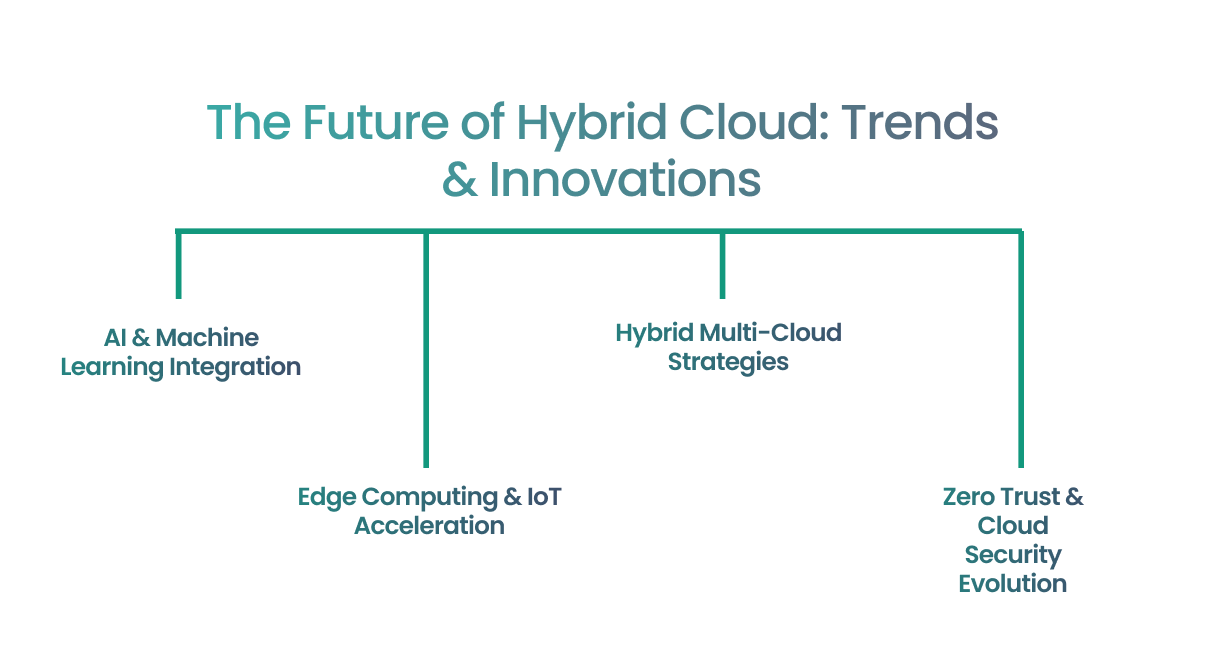
Conclusion: Why Hybrid Cloud is the Future of IT
Hybrid cloud offers the best of both worlds, balancing performance, security, scalability, and compliance. As industries shift towards cloud-native, AI-driven, and automated hybrid models, organizations must build a flexible hybrid cloud strategy that aligns with business objectives.
Need help implementing a hybrid cloud strategy? Consult with SquareOps today!
Frequently asked questions
A hybrid cloud model integrates on-premise IT infrastructure, private cloud, and public cloud services, allowing seamless data exchange and workload mobility.
Hybrid cloud provides flexibility, cost savings, security, and scalability, helping businesses manage workloads efficiently while maintaining compliance.
A hybrid cloud consists of on-premise infrastructure, public cloud services, private cloud environments, and secure networking (VPNs, SD-WANs).
Hybrid models keep sensitive data on-premise while leveraging cloud security measures like IAM, Zero Trust Security, and encryption for secure operations.
Key challenges include integration complexity, security risks, data consistency, and cost management across multiple environments.
- Define workload placement (on-prem vs. cloud)
- Use Kubernetes & containerization for portability
- Ensure unified security policies
- Leverage automation for monitoring and scaling
Industries like finance, healthcare, e-commerce, and government use hybrid cloud to balance performance, compliance, and scalability.
Organizations use on-premise data for model training while running AI inference in the cloud for real-time analytics.
The future includes AI-driven automation, multi-cloud strategies, edge computing, and enhanced cloud security frameworks.
Companies should assess their IT needs, choose the right cloud provider, implement security policies, and use automation tools for seamless migration.
Related Posts
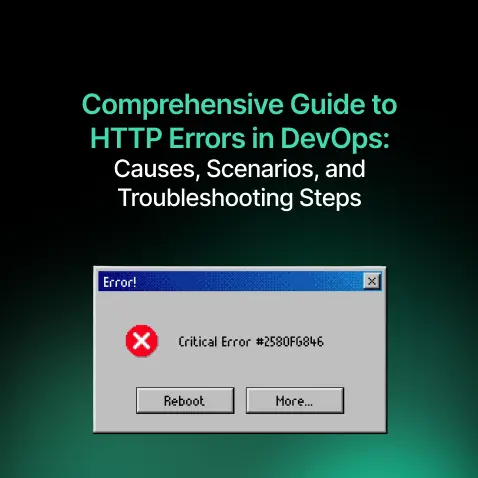
Comprehensive Guide to HTTP Errors in DevOps: Causes, Scenarios, and Troubleshooting Steps
- Blog
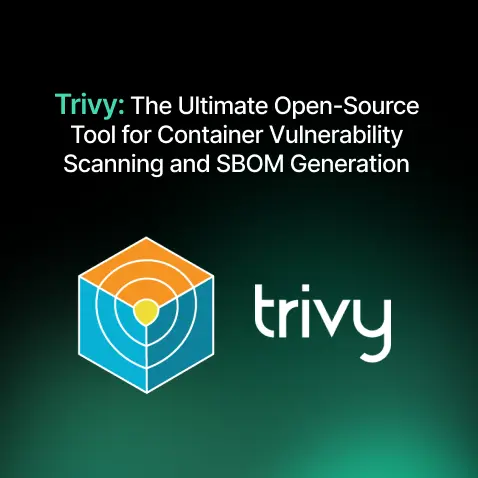
Trivy: The Ultimate Open-Source Tool for Container Vulnerability Scanning and SBOM Generation
- Blog
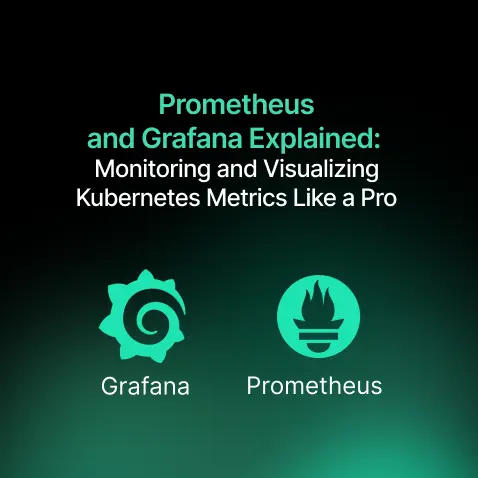
Prometheus and Grafana Explained: Monitoring and Visualizing Kubernetes Metrics Like a Pro
- Blog

CI/CD Pipeline Failures Explained: Key Debugging Techniques to Resolve Build and Deployment Issues
- Blog
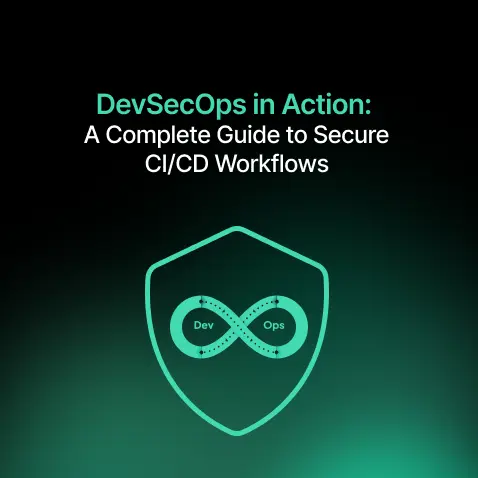
DevSecOps in Action: A Complete Guide to Secure CI/CD Workflows
- Blog
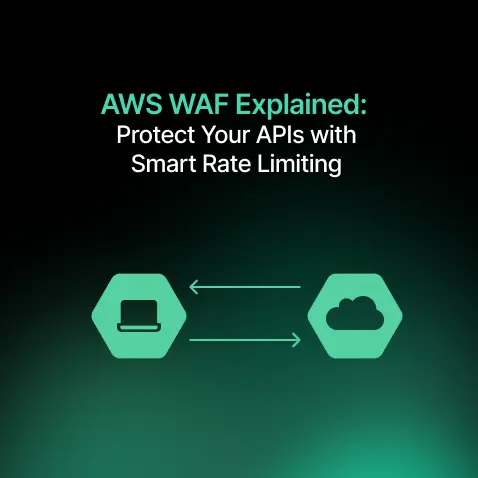
AWS WAF Explained: Protect Your APIs with Smart Rate Limiting
- Blog

